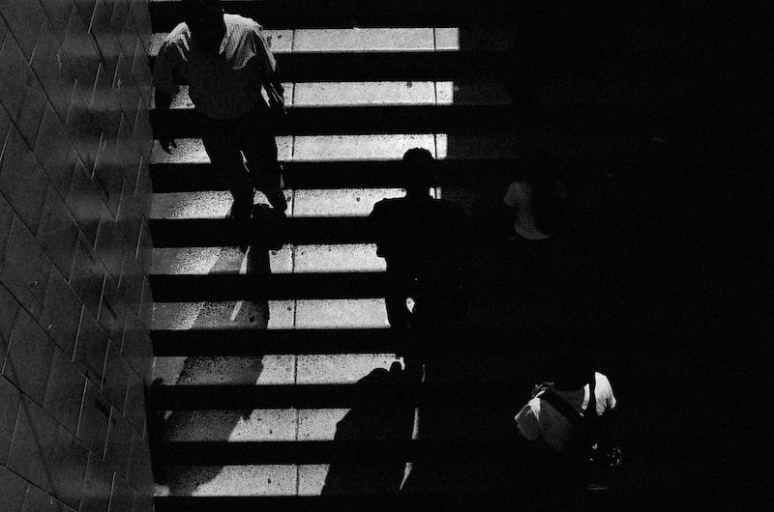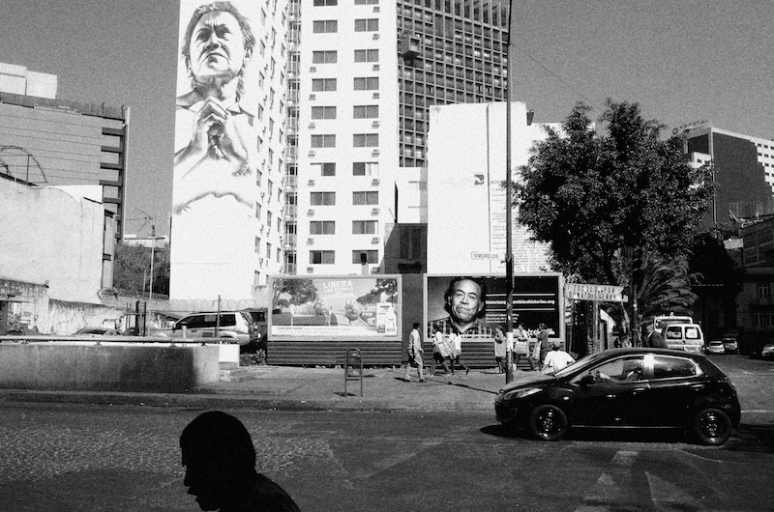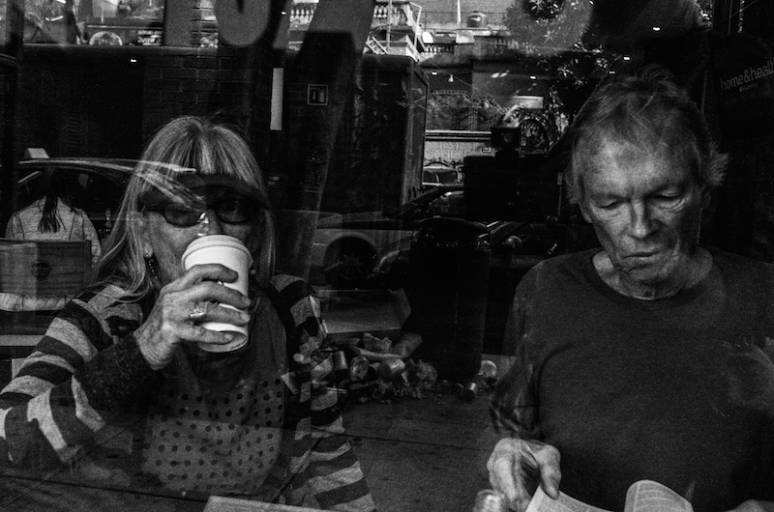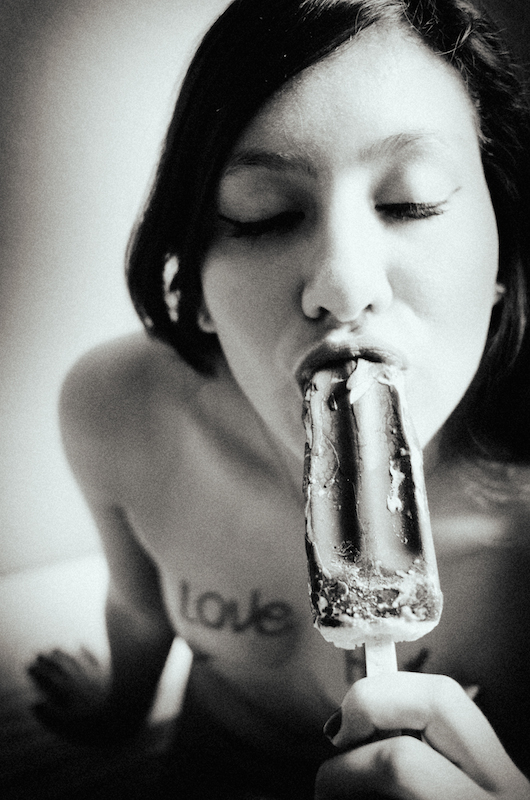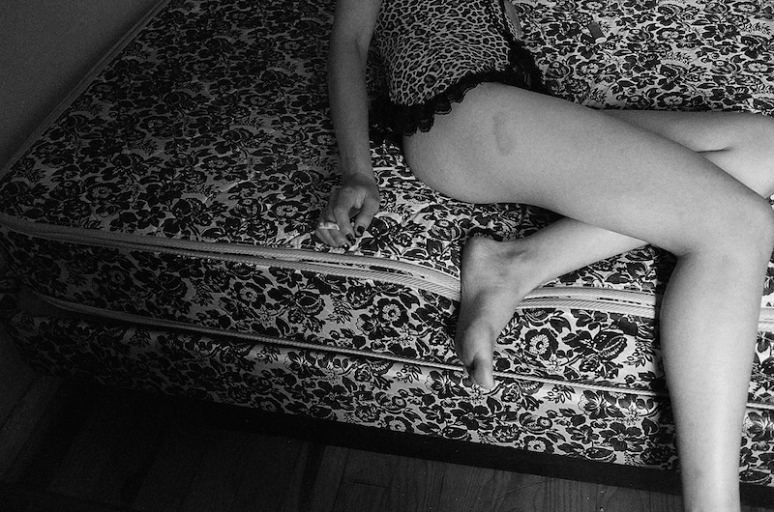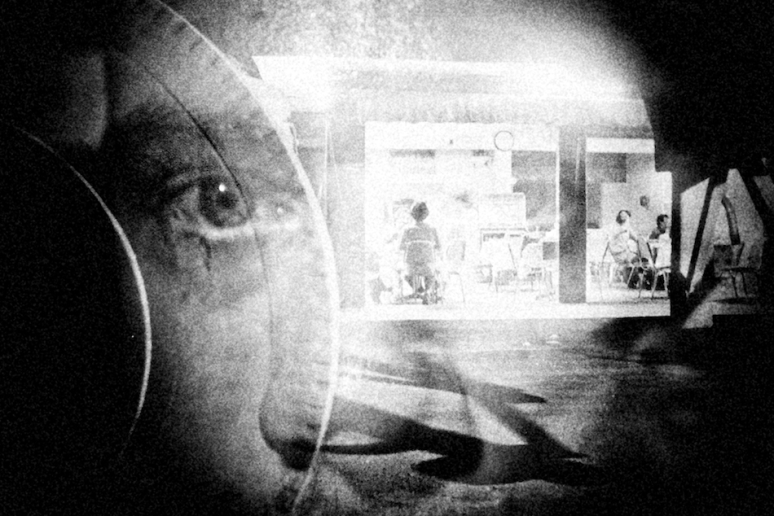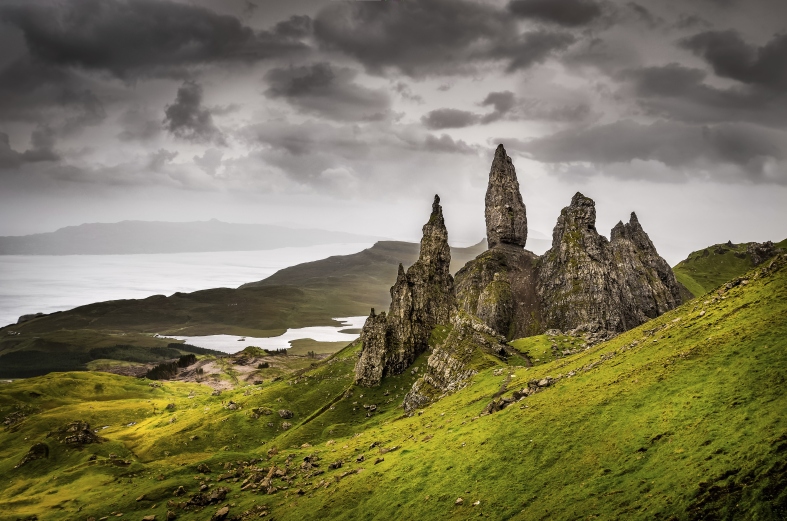WARNING : THIS POST CONTAINS EXPLICIT IMAGES
Alex Coghe is a world renowned street photographer and I’ve followed his work for years, however it wasn’t until I interviewed him that I saw there was more to the man than his street work…
Hi Alex, please introduce yourself and tell us a little about your background.
I am an Italian Photographer, and have been living in Mexico for 5 years. I’ve never just been a photographer, I was born a writer.
My profession is therefore a union of various activities: I am a photo-journalist. In the past I have written articles about Mexico for an Italian Magazine. I have also had experience as a political journalist but now I interview artists, especially photographers, for my blog and for The Leica Camera Blog.
I also have experience as a photo editor, a skill that I now apply to my publications. The most recent is The Street Photographer Notebook, a project that I’ve just started but that already has been greeted with much enthusiasm from street photographers around the world.
I consider all my professional entities equally important, I’ve never been just a photographer. I hold workshops, for example. And I still offer my journalist services.
I think Photography for me has been an evolution, an extension of my experience as a creative a writer. Poetry is an admission of loneliness and when I realised that I had no more time for this, my camera has become my pen. I will never abandon writing, but I’ve delegated the exploration of my soul to photography.
Alex you are known throughout the digital world for your street photography. How and when did you get into street as a genre?
Well I actually began seriously in 200, but before that I had studied it alot. All the work done without a camera helped me a lot in terms of a solid base.
There were just a few resources on the internet then and books have been very important for me.
What is it about street photography that compels you to get out and shoot?
The sense of self challenge. Street Photography is probably the most challenging genre and I consider it a permanent school for the photographer. I would advise all photographers to practice on the street because even a studio photographer will benefit from it.
For me Street Photography is an attitude, a state of mind. When I am shooting in the studio i still apply the approach of street photography.
But the main reason I shoot street and walk miles exploring places in the city si the feeling that at any moment I can be surprised and get as excited as a child, and the street is always and experience within an experience where you can meet new people and hear their stories.
To be a good street photographer you must have empathy for people. If you do not have a sincere interest in your subjects you will never get good photographs of them.
Recently you have entered into erotic photography. Why this move and how does it link with your street work.
I’m just exploring another part of being a photographer.
I’m a commercial photographer and sometimes I’m not a contractually restricted from showing the images I made which is a pain. I respect the agreements with my clients, but I am pleased with some of this work ,especially my work for fashion brands. I would share but I can’t by agreement, so a year or so ago I launched the Mexicana Magazine project. It is a project where my followers finally can know another side of my work.
I don’t think I need to find a connection between my street work and erotic or fashion photography, but you can certainly see some elements typical of my vision as a street photographer inside my work with models.
I use the available light most of the time and my approach to this genre is the same as my approach to street, looking for that special candid moment. Yeah, erotica and fashion is “set” photography, but I am always looking for the “random moment”, that special, natural moment avoiding fake expressions and poses.
Mexicana Magazine is not just erotic photography, inside you will also find good documentary.
Between street and erotic photography, which do you find the most creative and why?
Both are creative in a different way. I think creative ideas in erotic photography can be more interesting as I am not alone like I am in the street.
I do not direct my models. It is real creative work with them. We have equal power. They are in front of a camera and I’m behind it, but there is always a dialogue and a shared experience. I think erotica is like sex; it can never be one-way. The result would be bad.
Can you tell us about the kit you use to shoot with, especially the Leica gear and how you go about processing your images?
I have been using a Leica X2 for two years now after delivering work on assignment from Leica Camera AG.
The Leica X2 is my main camera. I use it for street photography, photojournalism, fashion and erotica.
As a photographer I don’t need a lot of equipment or big cameras.
I have two ways to work with Leica X2. When on the streets I use the X2 like an analogue camera: LCD turned off, and shoot black and white JPEG without RAW (DNG), optical viewfinder and pre-set focus. When I am working with models I prefer to work with the electronic viewfinder, autofocus and of course I work in RAW.
In my opinion, this camera is always best with manual exposure.
For street photography I don’t edit the files that much. Sometimes I add contrast but that’s all.
For erotica and fashion, yeah I work the images with Adobe Lightroom where I will choose colour or black and white and of course I alter the mood and aesthetics to suit the shoot’s particular requirements.
What is next for Alex Coghe?
I will continue to devote myself to the projects that I have… with two magazines there is a lot of work to do.
I need to prepare work for the agency I am collaborating with: it will be a classical photojournalistic piece, here in Mexico City.
I have other projects and ideas for 2015, but right now I can’t tell you about them. I will announce them when they are ready to go.


